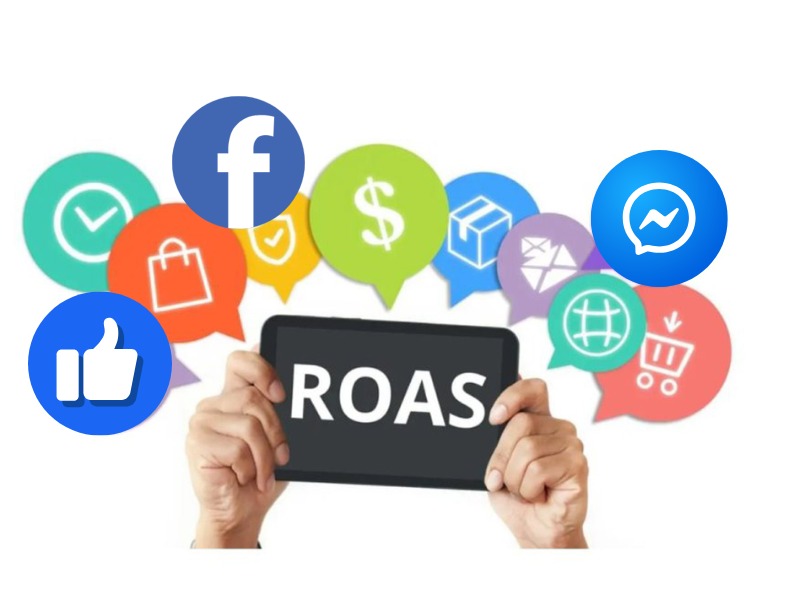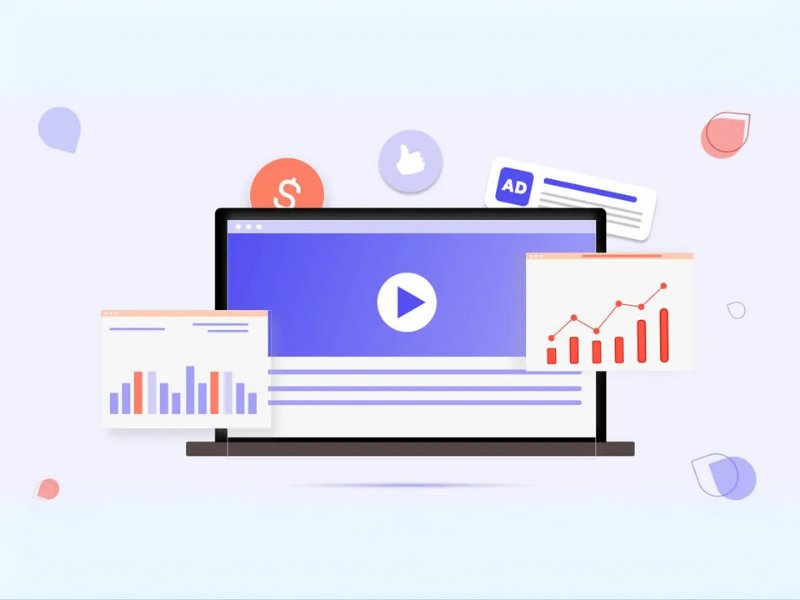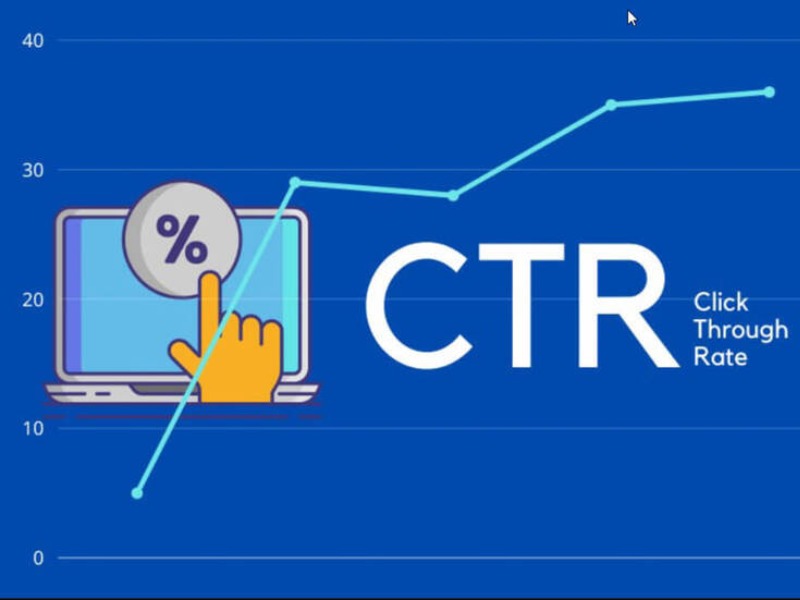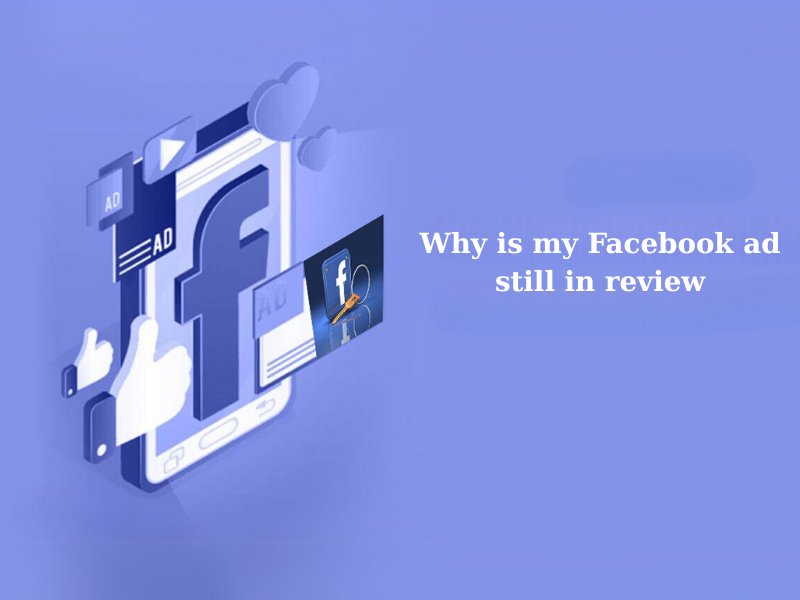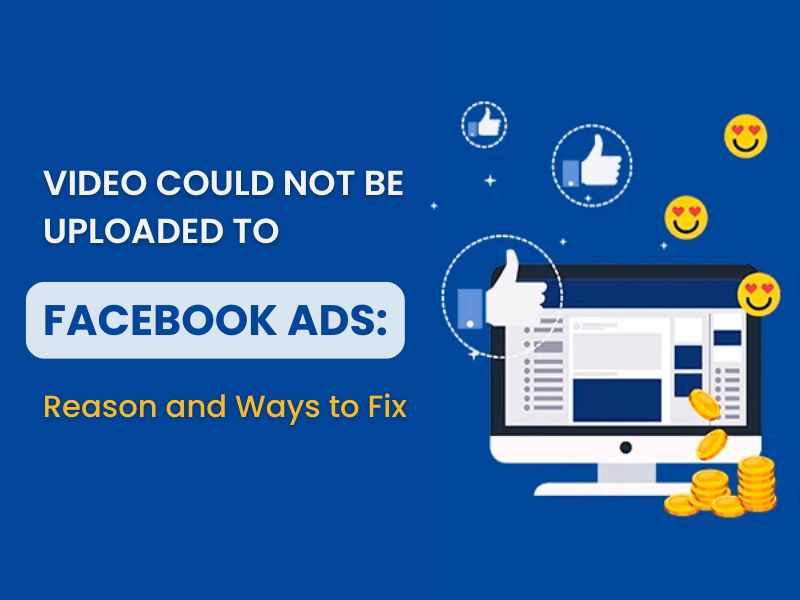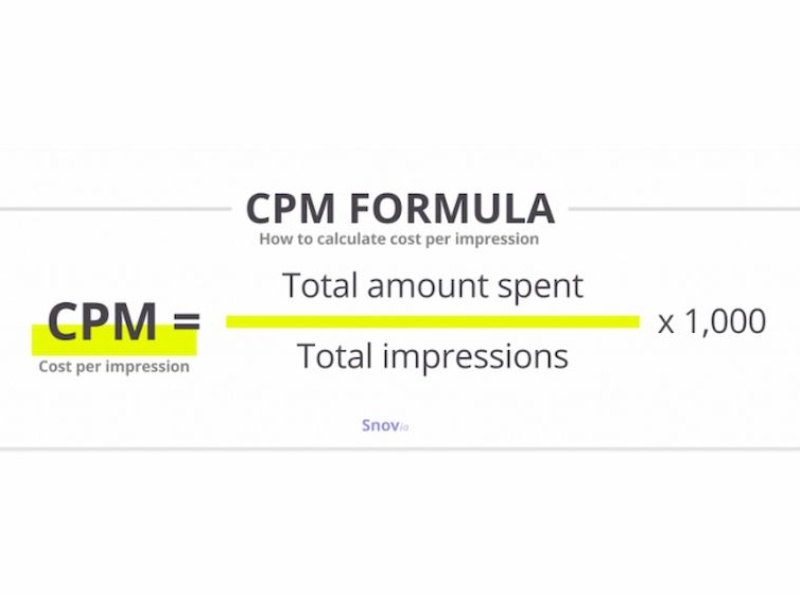A/B testing is an incredibly useful tool for Facebook advertising. However, not everyone knows how to implement and utilize this tool effectively. Understanding this issue, NEMI Ads, along with experts, has conducted research and compiled information to provide readers with a comprehensive overview of Facebook A/B testing best practices to address this challenge. Join NEMI Ads to discover detailed information right away!
What is A/B Testing?
A/B testing, also known as split testing, is a term used to describe the process of running experiments with Facebook Ads campaigns. Through this activity, you can determine which version best meets customer needs. You can test any component of the ad, from headlines and content to images and CTAs. Additionally, you can experiment with certain audiences and ad placements to identify who your true potential customers are.
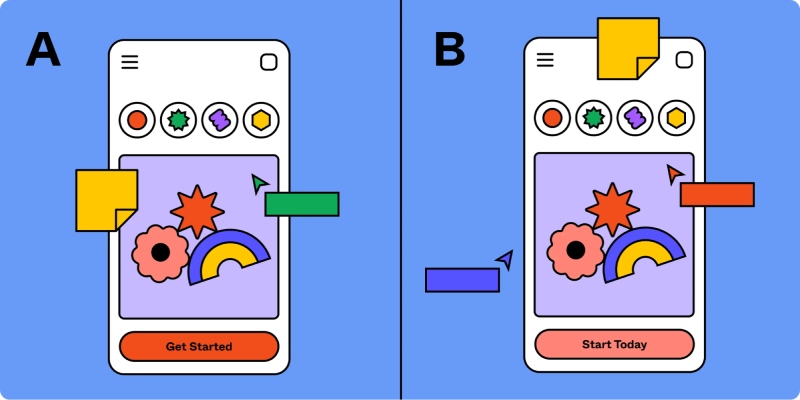
Importance of A/B Testing
A/B testing is a crucial tool that helps businesses optimize advertising strategies and enhance customer reach. By comparing multiple ad versions, you can:
- Accurately identify which elements strongly impact customers.
- Gain deeper insights into the needs and desires of your target audience.
- Build optimized ad models that enhance customer interaction.
- Provide the most satisfying experience for users.
Especially in Facebook advertising campaigns, instead of using a single version, you can simultaneously run multiple ad variants. This approach allows for:
- Collecting and analyzing data from various sources.
- Quickly identifying the most effective elements.
- Eliminating underperforming options.
As a result, businesses not only save time and resources but also significantly improve the success rate of their advertising campaigns.
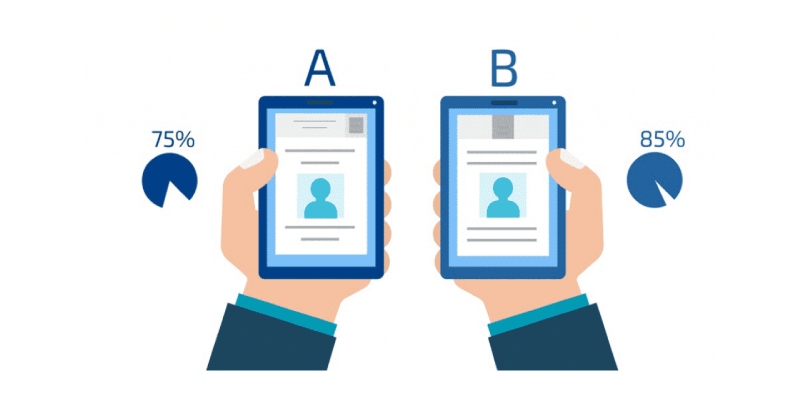
A/B Testing Ideas
- Test target audiences.
- Test ad placements.
- Test ad formats (carousel ads, messages, videos, canvas, etc.).
- Test ad design (images, videos, colors, timing, etc.).
- Test ad content.
- Test bidding strategies.
- Test CTAs.
- Test landing page design and content.
A/B Testing Implementation Guide
To implement A/B testing, you can follow this process:
- Log into your Facebook Ads account.
- Navigate to Ads Manager.
- Click the “Campaigns” tab.
- Click the “Create Ad” button.
- Choose one of the suggested objectives.
- In the “Campaign Details” window, click “Create A/B Test.”
- If you already have existing ad versions, simply select the campaign you want to test from the “Campaigns” tab and proceed to the next step.
- In the toolbar at the top of the campaign, click “A/B Test.”
- Click the “Start” button, then choose “Create a copy for the ad” or “Select another existing ad.”
- Choose the variables you want to test:
- Audience: This variable will assess the effectiveness of the campaign based on different target audiences.
- Creative: This option helps you test the effectiveness of the components that make up the ad, such as images, videos, content, etc.
- Placements: If you want to test the effectiveness of different ad placements, click “Placements.”
- Next, name the campaign and set the A/B testing criteria to identify the optimal version.
- Set the testing timeframe, then click “Duplicate Ad Set.”
- Edit the ad versions with the elements you want to test, such as images, ad placements, etc.
- Click “Publish” to complete.
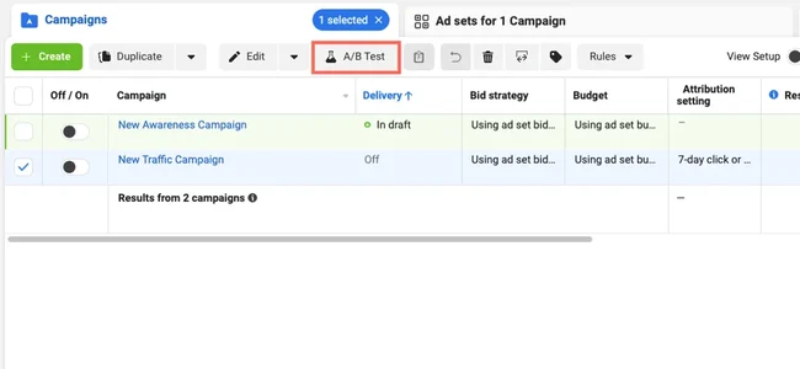
4 Facebook A/B Testing Best Practices
Only Test One Variable at a Time
A/B testing is a powerful tool for optimizing advertising strategies, but its effectiveness depends on whether you apply the correct methodology. The key principle of A/B testing is to conduct individual tests at a single time. By changing only one element in each test, you will obtain more accurate results. This is particularly important when ad groups are almost identical except for the variable being tested.
In practice, changing multiple variables simultaneously can introduce noise into your results. When several factors are altered at once, accurately determining their impact on ad effectiveness becomes very difficult. This may lead to missing critical information and making erroneous decisions.
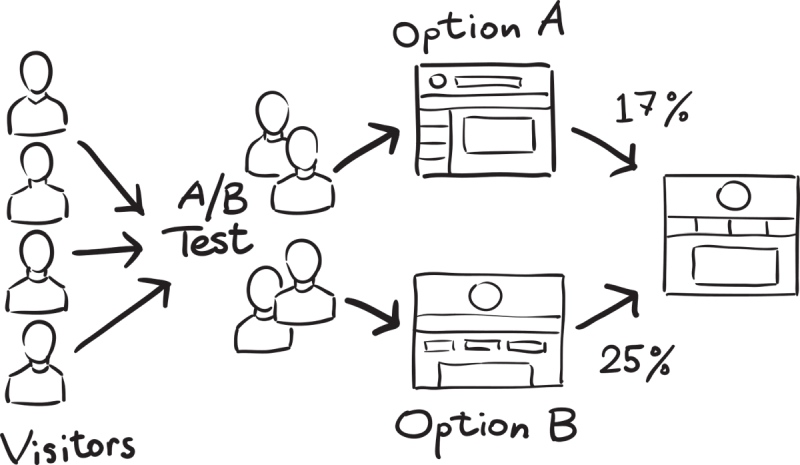
Ensure a Sufficient Sample Size
Ensuring a sufficient sample size is also crucial for optimizing A/B testing effectiveness. When conducting A/B testing, your audience will be split into different ad groups, which can lead to under-delivery if the audience size is too small.
To address this issue, experts recommend that advertisers expand their audience size beyond the normal limits, following Facebook A/B testing best practices to ensure meaningful and statistically valid results.
This strategy not only helps ads deliver better but also maintains the statistical accuracy of the results.
With a larger audience size, you can detect significant differences between variants, minimize errors, and increase the reliability of your decision-making process. Furthermore, a large sample size ensures results that better represent the entire target audience, allowing for detailed analysis across different segments. This is especially important when the conversion rate of the campaign is alarming, and you need to identify key causes.
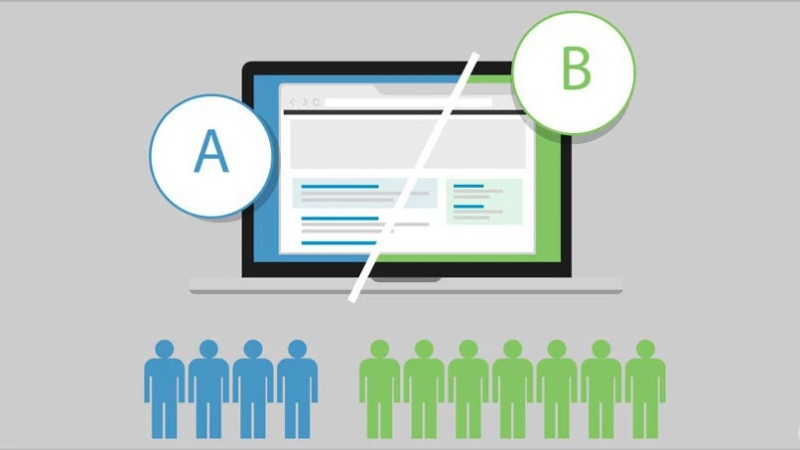
Ensure Differences Between Test Versions
Another key factor that determines the effectiveness of A/B testing is the distinction between test versions, especially in cases where testing factors such as audience, ad placements, and distribution capabilities. When ad groups are too similar, it becomes challenging for the system to identify a winning group, and the accuracy of the results can be significantly affected.
A typical example of a lack of difference is when comparing targeted ads between two groups of women aged 20-22 and 21-23 who have shopped on your website. The difference between these two audience groups may be too small to create a significant variance in shopping behavior.
So, what is an effective alternative in this case? The answer is to compare custom audience groups between individuals who have shopped on your website and those who have shown interest in your products based on relevant factors related to preferences.
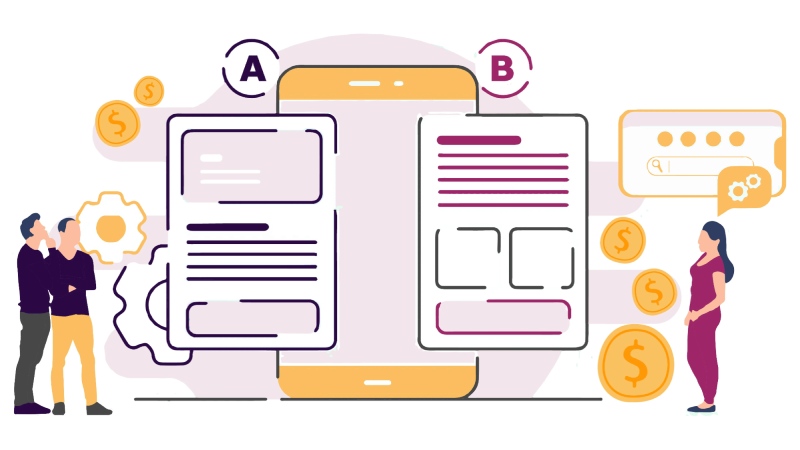
Test for a Sufficient Duration
While the system allows advertisers to run testing campaigns for a minimum of 1 day up to a maximum of 30 days, testing for too short a time (according to the platform, less than 7 days) may not provide enough data for Facebook to analyze the versions you set up. This can lead to inaccuracies in the results provided by the system. Therefore, you need to ensure appropriate timeframes for your A/B tests.
To determine the ideal testing duration, consider the following factors:
- Industry characteristics (each business sector has different buying cycles).
- Customer behavior (the time from when customers see the ad to when they perform conversion actions).
- Testing objectives (different testing goals require different evaluation durations).
The success of a Facebook advertising campaign not only relies on creativity and experience but also on the ability to experiment and optimize. Facebook A/B testing best practices are a valuable tool that allows you to quickly identify and eliminate ineffective marketing versions. We hope this article from NEMI Ads has helped you understand A/B testing and how to implement it effectively. Regularly visit NEMI Ads for more helpful articles on Digital Marketing topics!
